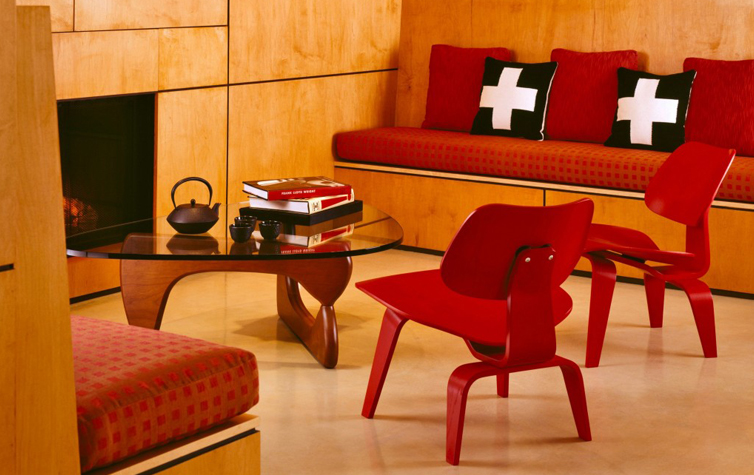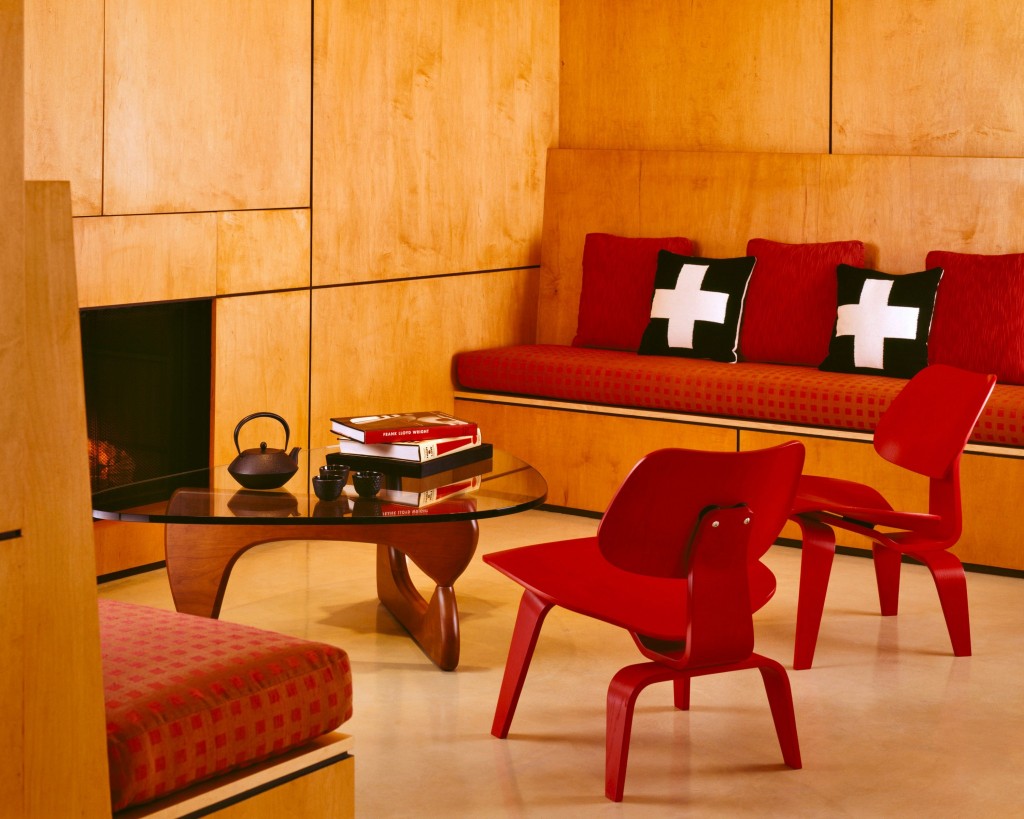
Founded as a manufacturer of reproduction traditional-style home furnishings, embracing modern style helped Herman Miller survive the Great Depression and become an internationally acclaimed design force. The Star Furniture Co. (later Michigan Star Furniture Co.) opened its doors in Zeeland, Michigan, in 1905. In 1923, president D.J. De Pree, who began his career with the company as a clerk 14 years earlier, convinced his father-in-law to purchase majority shares in the company and renamed it in his honor—the Herman Miller Furniture Co.
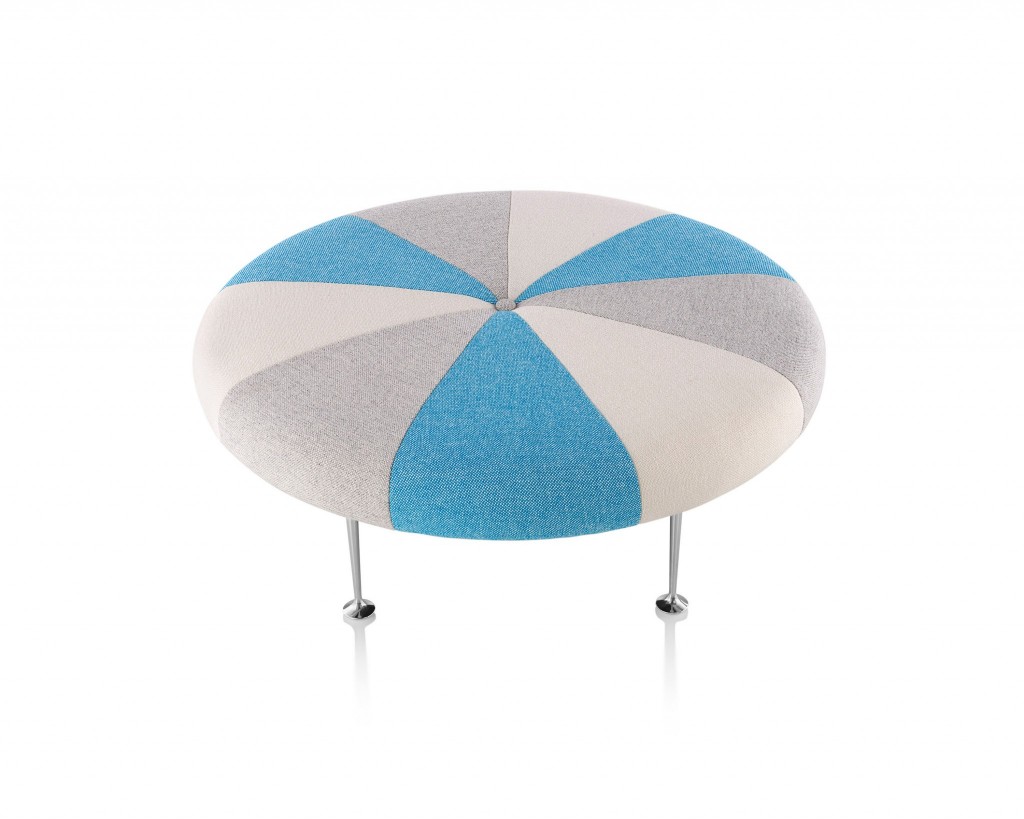
Looking for ways to save his company from failure in the midst of the Great Depression, De Pree met with designer Gilbert Rohde. The solution, according to Rohde, was to move away from manufacturing traditional furniture and instead focus on modern designs that would better fit the changing needs and lifestyles of Americans.
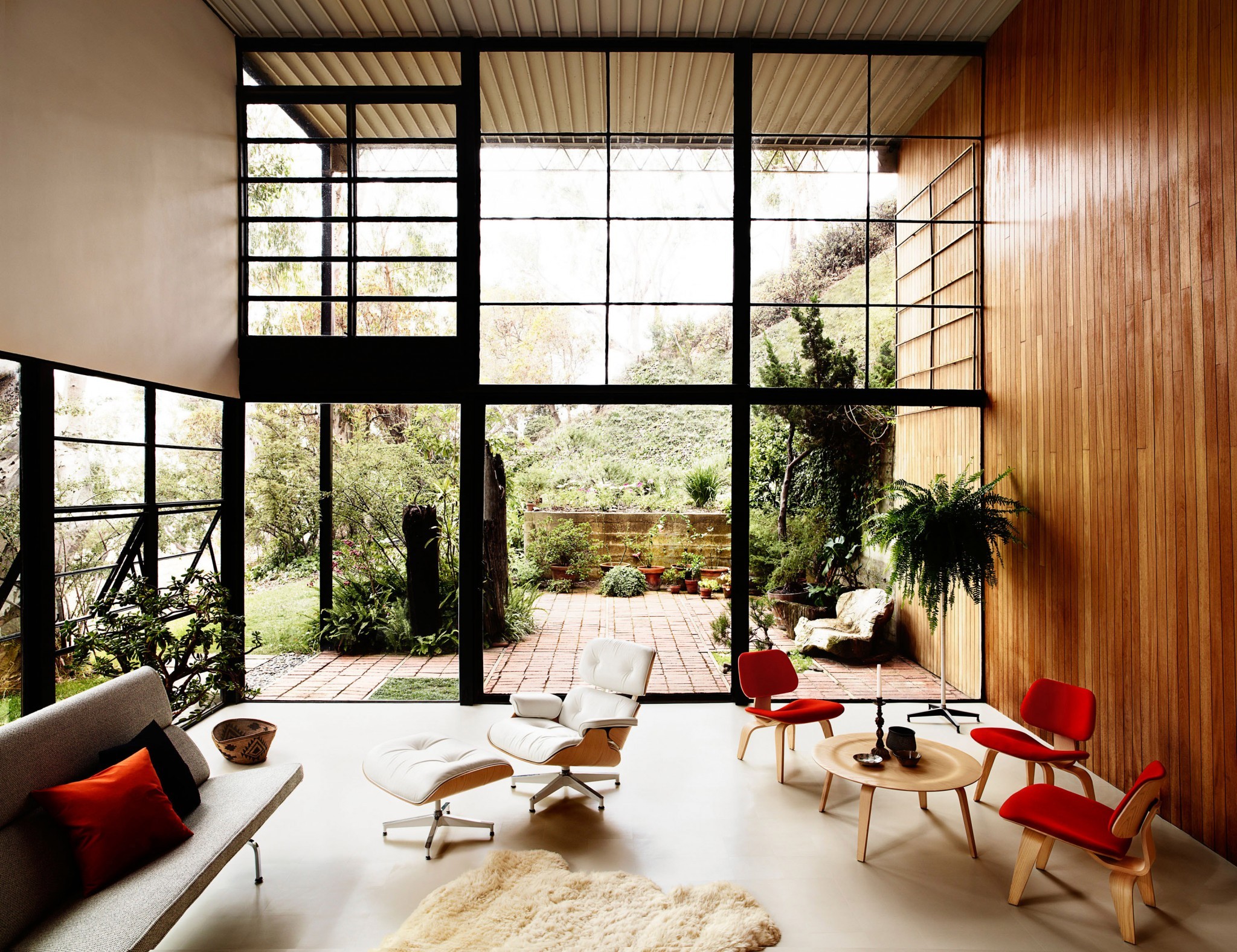
The company participated in an exhibition on “The House of Tomorrow” at the 1932 Chicago World’s Fair, featuring modern homes outfitted in Herman Miller furnishings designed by Rohde. The positive reception helped cement the change in direction for the company. “Herman Miller would go sled-length into modern design,” De Pree said.
This new direction focused on designing furnishings that truly reflected how people lived in their homes.
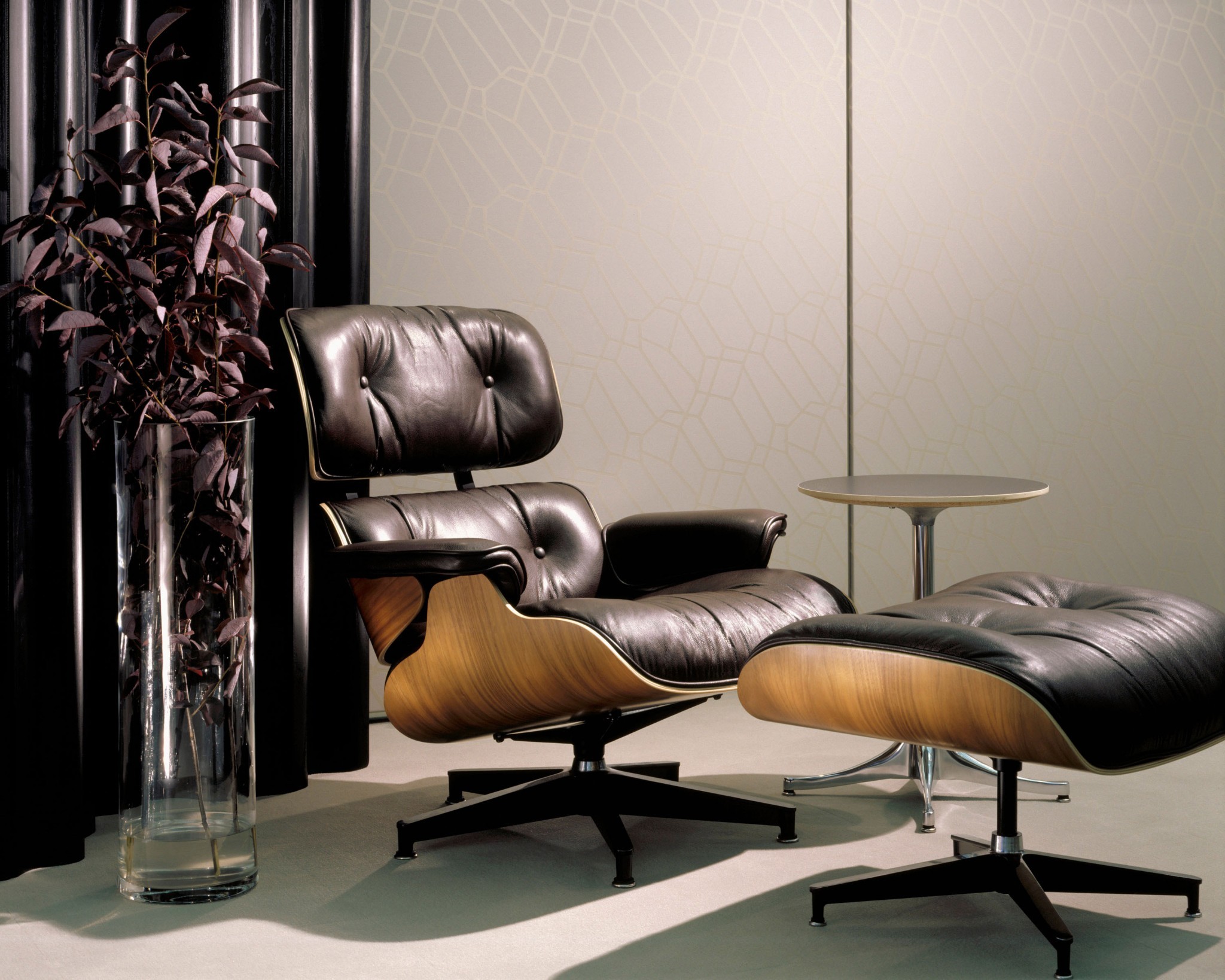
“Let us take time out and look at the bedroom, not as a room with some standard furniture in it, but as the area in which a great variety of activities takes place,” Herman Miller designer George Nelson wrote. “People read in their bedrooms, they dress there, occasionally eat there, frequently smoke, and sometimes write; they may listen to the radio, and they certainly make love.”
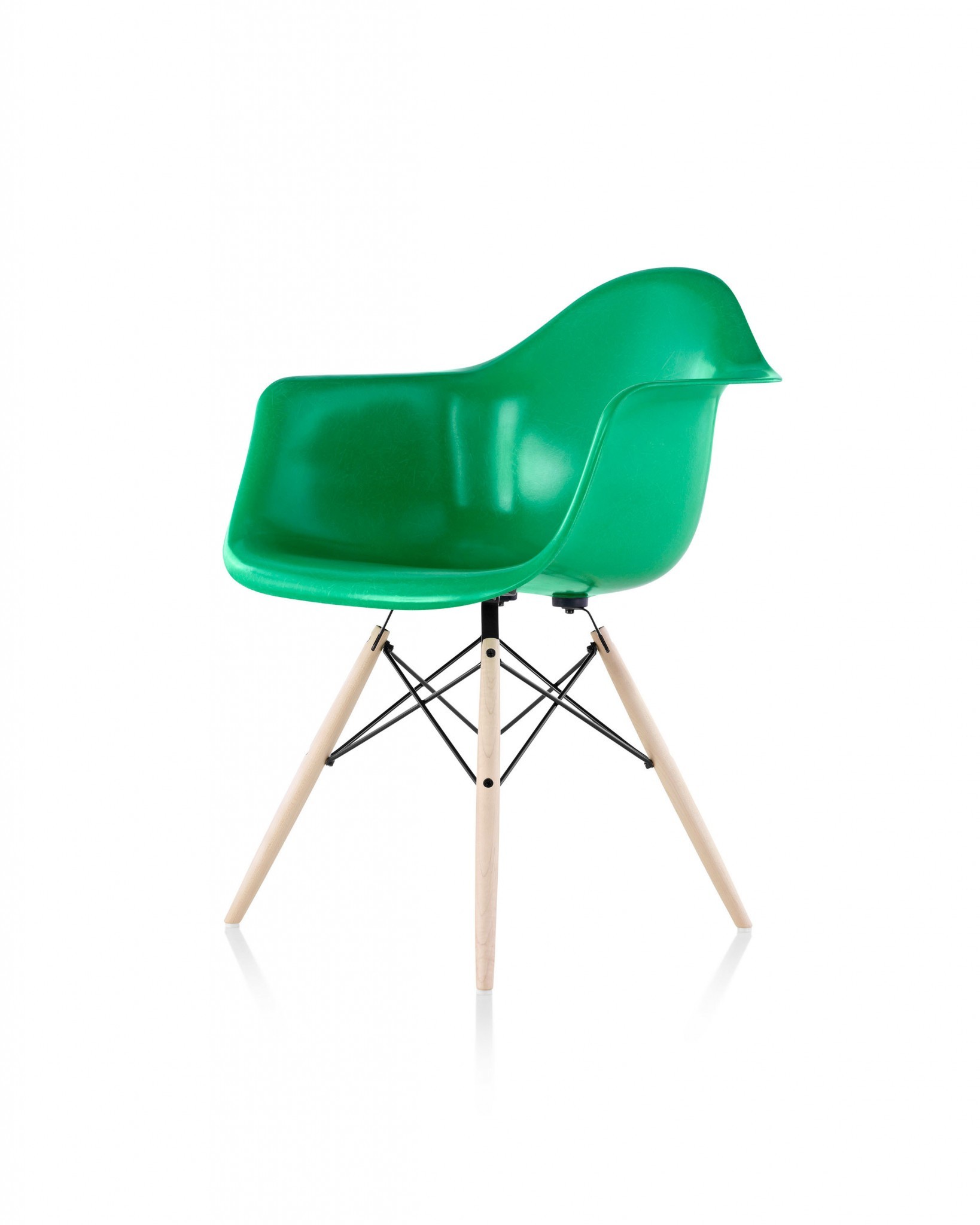
Working with an impressive string of designers, artists and architects—including Rohde, Nelson, Charles and Ray Eames, Alexander Girard and Isamu Noguchi—Herman Miller produced furnishings fit for modern homes and lives that have become celebrated classics and earned spots in the collections of institutions including the New York Museum of Modern Art.
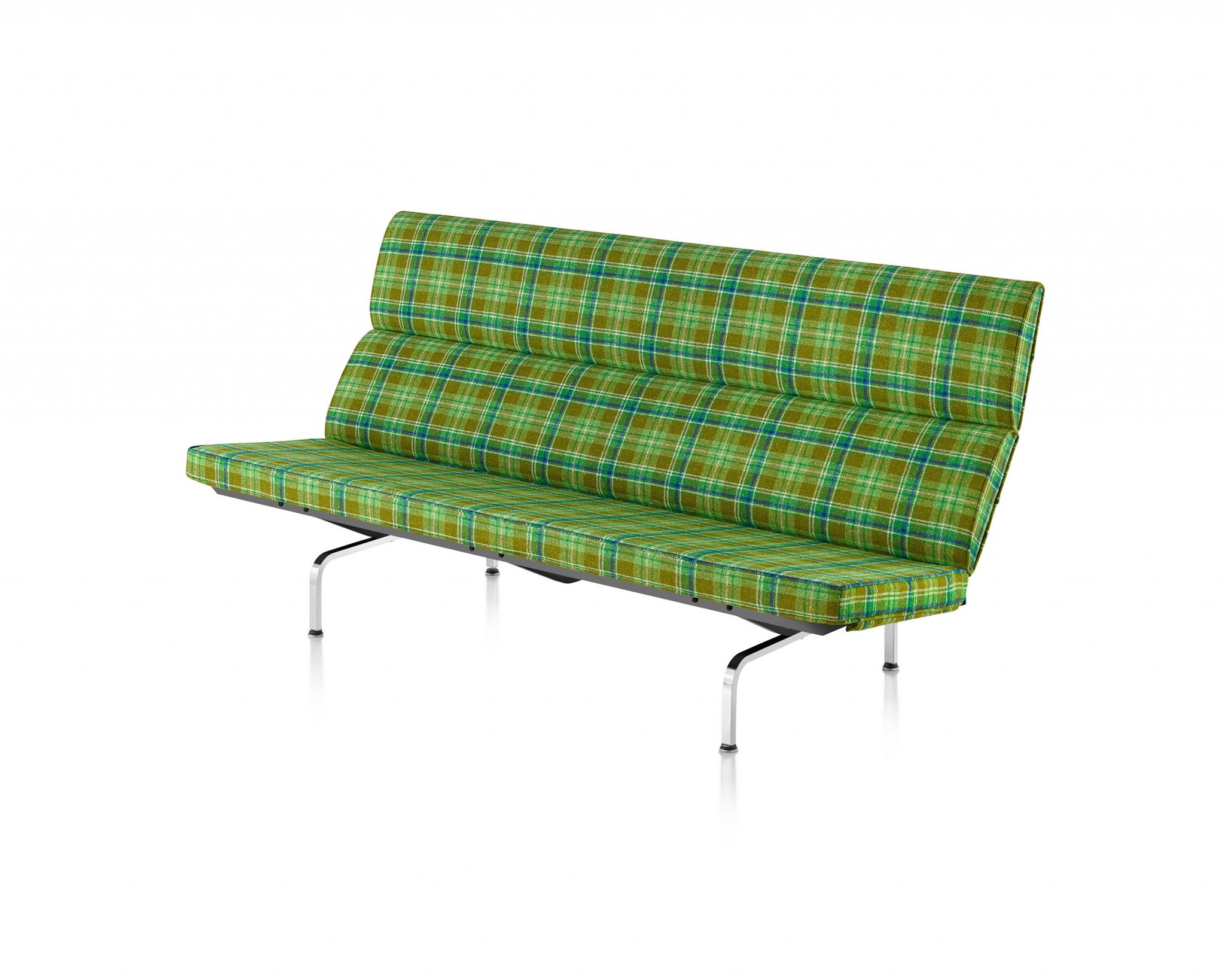
“There is no attempt to conform to the so-called norms of ‘public taste,’ nor any special faith in the methods used to evaluate the ‘buying public,’” Nelson wrote. “The reason many people are struck by the freshness of Herman Miller designs is that the company is not playing follow-the-leader.”
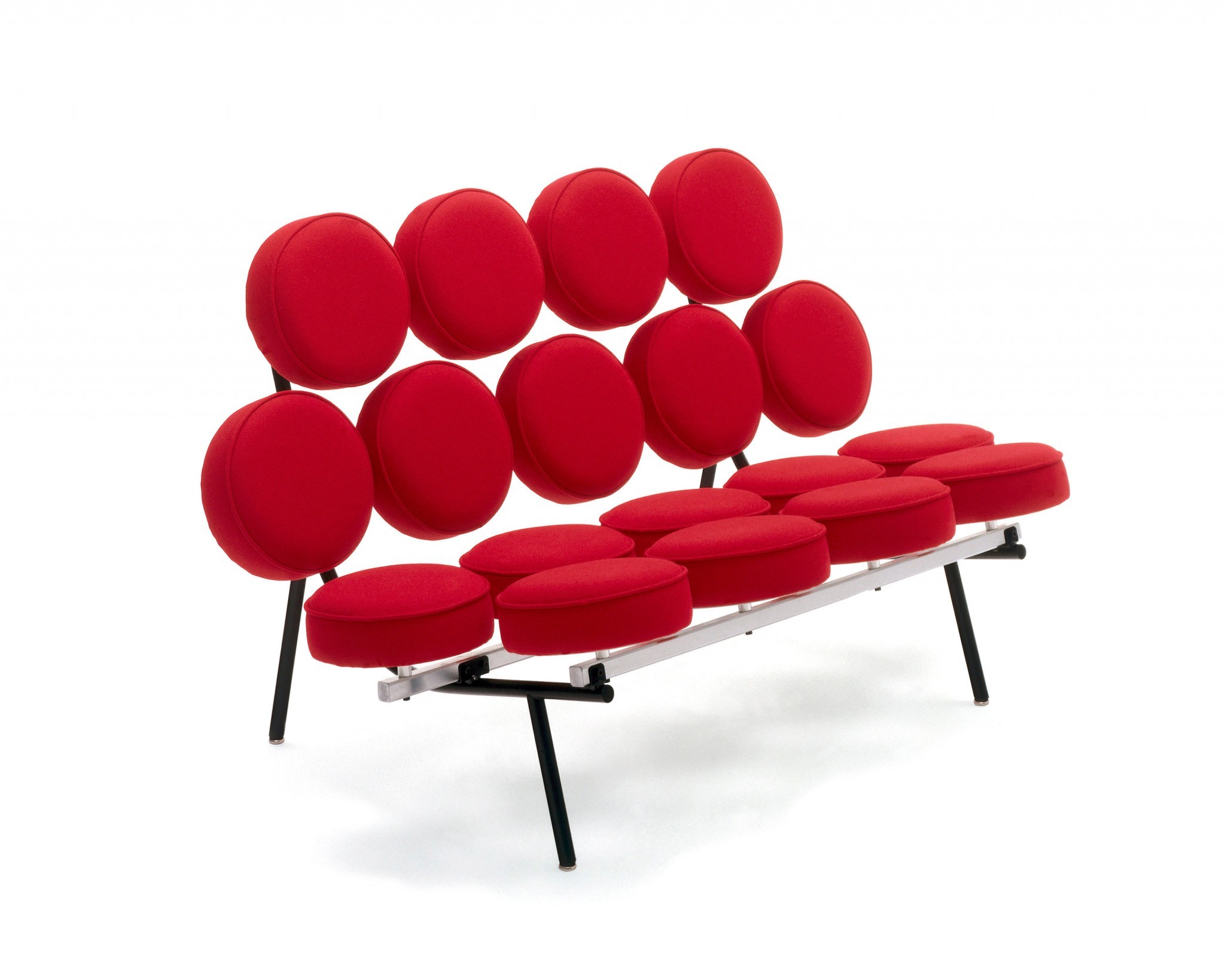
The company is still producing many of these pieces today, with contemporary updates. The Eames Molded Plastic Shell Chair, for instance, was recently reintroduced in a sustainably reformulated, GREENGUARD Gold Certified molded fiberglass.

